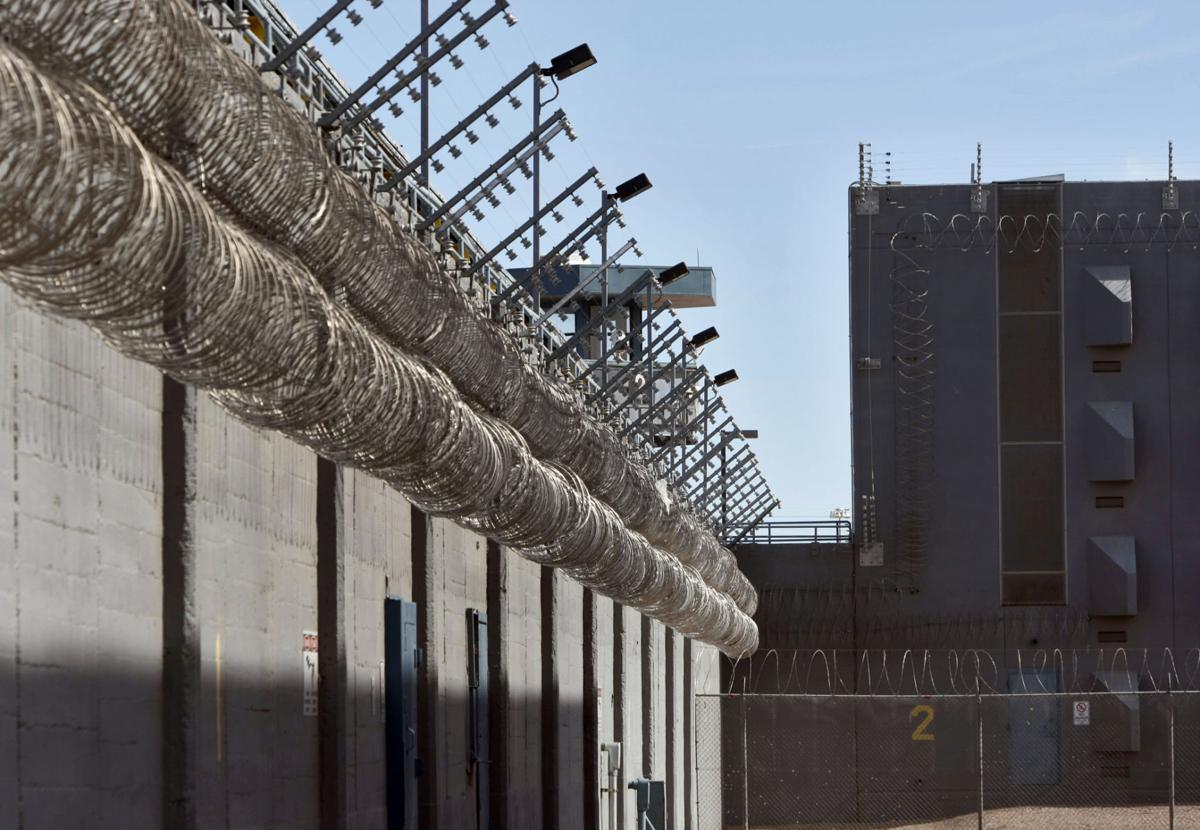PHOENIX — A law signed Friday by Gov. Doug Ducey will give people a better chance of knowing, and protesting, before new prison facilities are opened in their neighborhoods.
HB 2133 spells out what the Department of Corrections must do at least 45 days ahead when it is planning any correctional facility, ranging from full-blown prisons to community re-entry housing.
The department must give notice to local school officials and to every property owner within a two-mile radius, including disclosure of how many inmates will be housed at the facility and their security levels.
There also must be a public hearing with advance notice of at least 10 days.
The legislation does not apply to the location of halfway houses for newly released inmates. A corrections spokesman said these are not correctional facilities but instead are operated by private individuals and companies under contract with the state.
State Rep. Heather Carter, R-Cave Creek, who wrote the measure, said it came after Gov. Doug Ducey decided to create a re-entry center in Maricopa County and the Department of Corrections put it in north Phoenix.
She said the agency followed all laws about who needed to be notified. But Carter said those laws, first written in the 1970s, were woefully inadequate.
Carter said only two people showed up for the agency’s hearing. Notices were provided to lawmakers and school district governing boards, but she said they were unclear and were sent to work addresses where people did not get them until after the decision was made.
She said the old law was also “unfairly unclear” about whom to notify at nearby schools and lacked a mandate to notify the operators of charter schools or day-care centers.
As a result, she said, the siting in north Phoenix, near the Adobe Mountain juvenile corrections center, came as a surprise to neighbors.
Going forward, the legislation leaves little room for doubt about who gets told and when.
Aside from property owners within two miles, notice also must go out to the superintendent and each governing-board member of schools and to operators of charter schools and child-care centers within five miles.
The public hearing will require not only a legal notice published in a newspaper but also a sign, at least 4 feet by 8 feet, erected on the site where the facility will go at least 15 days ahead of time listing the time, date and location of the hearing.
Ultimately, it will still be up to the Department of Corrections to decide whether to place its new facility at the designated site.
Carter said she does not know whether it would have made any difference in the siting of the re-entry facility had her legislation been in place last year. But at least the neighbors would have been given a chance to air their views, she said.
The idea for the facility came from Ducey in his 2016 State of the State address.
Under Arizona law, offenders are released after serving 85 percent of their sentence. But they remain under “community supervision” for the balance of their term.
Sometimes, a former inmate in that category fails a drug test or some other condition of release but has not committed any new crimes.
Andrew Wilder, spokesman for the Department of Corrections, said that generally has left his agency two choices: Ignore the violation or put the person back behind bars. He said the latter option makes little sense, as the person then loses their job and housing.
Plus, it costs money to imprison someone.
The re-entry facility provides what could be called “an adult time-out,” with the former inmate perhaps forced to spend a few weekends locked up while also getting drug counseling, Wilder said. But the former inmates are released during the week to keep their jobs.
The Department of Corrections has been operating such a center in Pima County for years. There, according to the governor’s staff, two-thirds of former inmates in the program complete it and don’t go back behind bars to add to the state’s prison-overcrowding situation.
Ducey told lawmakers he wanted the funding to place a re-entry center in Maricopa County, where about two-thirds of prisoners are released. “Let’s give them a second chance so they stay clean and never end up back in prison,” he said.
Carter said she’s all in favor of such facilities. But she also wants to be sure that the people who are nearby have been brought in.
“It’s community supervision,” she said. “So it’s really important for the community to be on board with what is happening.”





